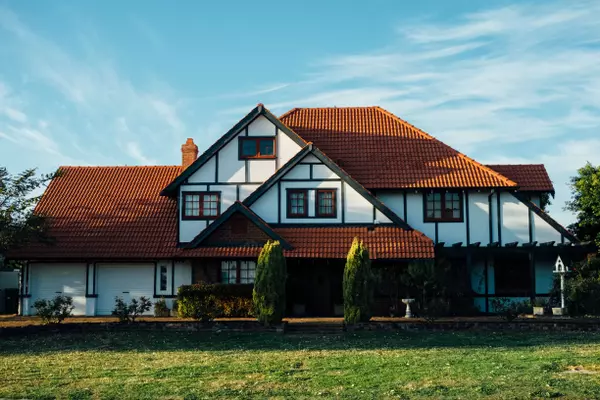Tom Krasovic: How about a Padres-Dodgers rematch in NLCS?
The season series between the Padres and Dodgers ends Sunday.
If luck smiles on fans of each team, this budding rivalry will resume in October with a World Series berth on the line. It would be the fourth postseason meeting between the clubs in six years.
The teams differ quite a bit in how they pursue runs. Providing more contrast are the colors and designs the clubs wear, plus the ballpark experiences they offer.
Mike Shildt’s Padres embrace small ball, much like Bruce Bochy’s 2005 club did. They love to bunt, hit line drives and take the extra base. They craft a high ratio of one-run victories, often without hitting a home run. Of MLB’s 30 teams, they’re 29th in home runs and 22nd in runs scored, though those numbers are trending upward. Since A.J. Preller dealt for three hitters on July 31, the Padres are 13th in runs.
The Dodgers live off the home run. They’re second in long balls and first in scoring. They’re not very good at manufacturing runs. But before the regular season ends, they’re expecting to regain four hitters who could help, including Max Muncy.
On the attire front, the Padres wear various combinations of brown, gold and white. Their pitchers often choose to wear pinstripes. This would please Tony Gwynn, whose favorite Padres uniform — designed by teammate Steve Garvey for the 1985 team — displayed brown pinstripes.
Not messing with a classic look, the Dodgers seldom deviate from their attire. White with blue trim at home. Blue and gray on the road.
Each team’s ballpark gets high marks, although the Padres — advantaged by locale and less wear and tear on the building — own the edge there.
Dodger Stadium opened in 1962. Thankfully, it has avoided the wrecking ball. It rewards visitors with views of mountains beyond the outfield and L.A.’s glittering skyline from the top of the ballpark behind home plate.
The massive parking lot, an increasing rarity on the California sports scene, affords low-key tailgating.
Props go to the dozens of cheerful Angelenos who directed vehicular and pedestrian traffic into and across the lot last Sunday, effecting a relatively smooth flow among some 50,000 fans. A crossing guard was quick to assist three fans in Padres attire. Getting a big laugh out of those fans, he shuffled alongside them while waving his stop sign at cars and chanting “Let’s Go Dodgers.”
Dodger Stadium is also an accredited botanic garden. Several mini-gardens dot the parking lot and the outskirts of the ballpark. Outside the top of the stadium lot, a variety of aloes can be seen, including blue elf and Goliath, alongside Caribbean copper plants, Gypsum century plants and other species.
Denying Dodger Stadium an A+, the sound system is cranked up to obnoxious levels. And, frankly, the Dodger Dog is overrated.
I’ve written often about the charms of the Petco Park experience.
Proximity to San Diego Bay provides an edge over L.A. and many other ballpark locales in Major League Baseball. The coastal weather refreshes. Views of the bay and Coronado lift the mood, and they can stir nostalgia among fans who watched the Pacific Coast League Padres at Lane Field.
Andy Mosley is one of those fans. His dad took him to Lane Field in the 1950s.
“I spent more time looking at the boats and ships on the bay behind us than the game in front of us,” he said.
“Today,” Mosley added earlier this season, “my son and grandsons are Padres fans, and my daughter will attend an upcoming game against the Dodgers. The threads that bind us.”
The Padres don’t have a large parking lot to spruce up. But they’ve deftly complemented the ballpark’s earthy exteriors, the Western Metal Supply Co. brick building and the batter’s eye with a variety of vegetation.
Head groundskeeper Mat Balough, who not only oversees the playing field but also landscaping elsewhere, has created a hanging-garden feel in the concourses behind home plate. Red Trumpet vine adorns several pedestrian bridges and crossways. Golden barrel cactus and coral trees provide other distinctive touches.
The Padres aren’t perfect in game operations. They could stand to show an occasional home run by the opponent.
But, like in L.A., all Padres home games feel like a happening.
The big-market Dodgers lead baseball at 49,961 announced fans per game, while the small-market Padres sit second at 42,521 as they churn toward a franchise record and a fifth consecutive top-five finish in MLB. San Diego’s average crowd is triple that of the Miami Marlins’ average crowd, and more than doubles those of the Chicago White Sox and Pittsburgh Pirates.
The smallest home crowd this season for the Padres was 33,858 for a Wednesday contest in April against Cleveland.
Yet that worst attendance day exceeds the average of 22 other clubs, including the big-market Houston Astros, Los Angeles Angels and Seattle Mariners.
On any of 81 home dates, either in Los Angeles or San Diego, one can almost feel the green torrent of money flowing into each franchise.
Last Sunday, fans jammed into a Dodger Stadium merchandise store an hour before first pitch. Many waited in line to buy team jerseys. A man working at the store pulled down a Yoshinobu Yamamoto jersey to report the price tag. It was $233 before taxes. “Holy guacamole,” he said. Outside the shop, fans headed toward a tequila stand where drinks ranged from $19 to $29.
Leading into Saturday’s first pitch at Petco Park, online ticket brokers listed Gallagher Square tickets for anywhere between $90 and $165.
So it won’t only be fans, but the Padres and Dodgers organizations that would like to see a rematch in October.
Categories
Recent Posts










GET MORE INFORMATION


